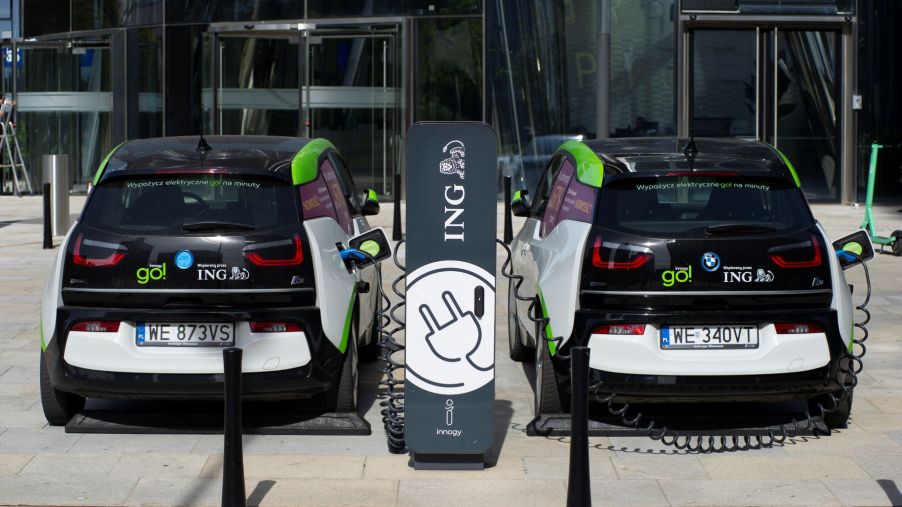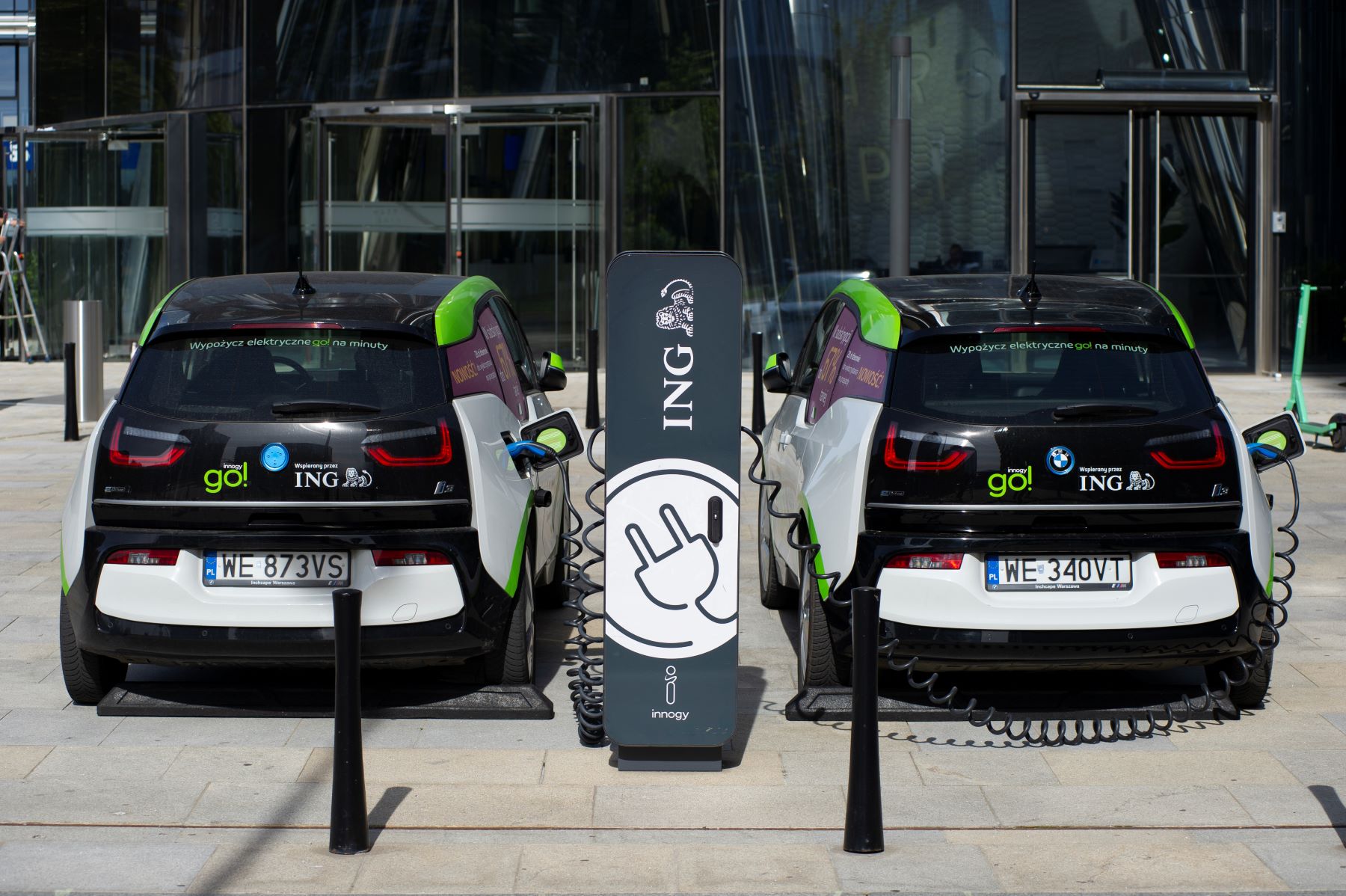
Is It Safe to Sit Inside an Electric Car While It’s Charging?
The move to protect the environment from global warming effects has seen EVs take center stage as the future of the automobile industry. Incentives like EV tax credits and automakers like Lucid have played a clear role in facilitating the development of electric cars.
However, while EVs are becoming the new norm, not everybody has a good understanding of them. Some consumers even wonder whether it might be unsafe to sit in an electric car while charging. Here is the essential information about EV charging that you need to know.
Various ways you can properly charge your electric car

Arrow reports around 1.4 billion vehicles on the road internationally, out of which 5.1 million are electric cars. However, only one-third of 1% of all consumer cars use EV technology, implying that EV technology is still new, and there is a need for awareness of how it operates.
There are several approaches to charging your electric vehicle’s battery pack. You can opt for regular or fast charging approaches, while different connectors exist to facilitate this process. The charging speed will rely on the type of EV you own, its battery capacity, and the charging system you are using.
You could choose to charge your EV at home using your own domestic mains electricity supply or public charging stations. The option you select determines the type and speeds of charging available to you, with home charging being a perfect and convenient option for many.
Can you sit in your EV while it is charging?
For the most part, there is no risk of electrocution from sitting inside your EV while it is charging. Still, people with pacemakers should avoid doing so since these devices can be affected by electromagnetic fields given off by the charging, although such occurrences are rare.
When EVs first emerged, minimal charging locations made it almost mandatory for drivers to fully charge their vehicles if they wanted to make it to the next charging stop. Fortunately, there are more charging locations currently, meaning motorists can afford to partially charge their EVs without fear of running out of charge midway through the journey.
Why it is safe to sit inside an electric vehicle while it’s charging
Just like sitting in your car while filling up with gas, you can sit in an electric vehicle. There is a low risk of electrocution occurring when sitting in EVs while charging since they are well-designed to ensure user safety. Electric cars are designed to safely transfer high voltage levels and a high current to the battery, backed by Gear and Cylinder. However, for some individual EVs, it is risky to stay inside your car while charging.
Health conditions that limit you from sitting in an electric car while charging
EV manuals usually alert car owners about specific safety measures, particularly for people with certain medical conditions. For instance, the manual advises individuals with electric medical devices like pacemakers to avoid sitting inside their electric car while charging due to safety concerns.
Primarily, electric car charge entails very high voltage and current, generating some level of EMF or electromagnetic fields. This EMF can leave the charging circuit and affect nearby circuits like those in the pacemaker, consequently compromising its performance.
EV automakers further caution individuals with pacemakers against getting in the car even for a short time while charging and advise them against opening the rear hatch to take anything from the vehicle while charging.
While research shows that EMF levels high enough to negatively impact a pacemaker would be rare, they can still occur. Various research studies are being conducted to demonstrate how EMF affects pacemaker operation. Still, until there is more clarity, it is prudent to follow the safety measures outlined in the manual.


